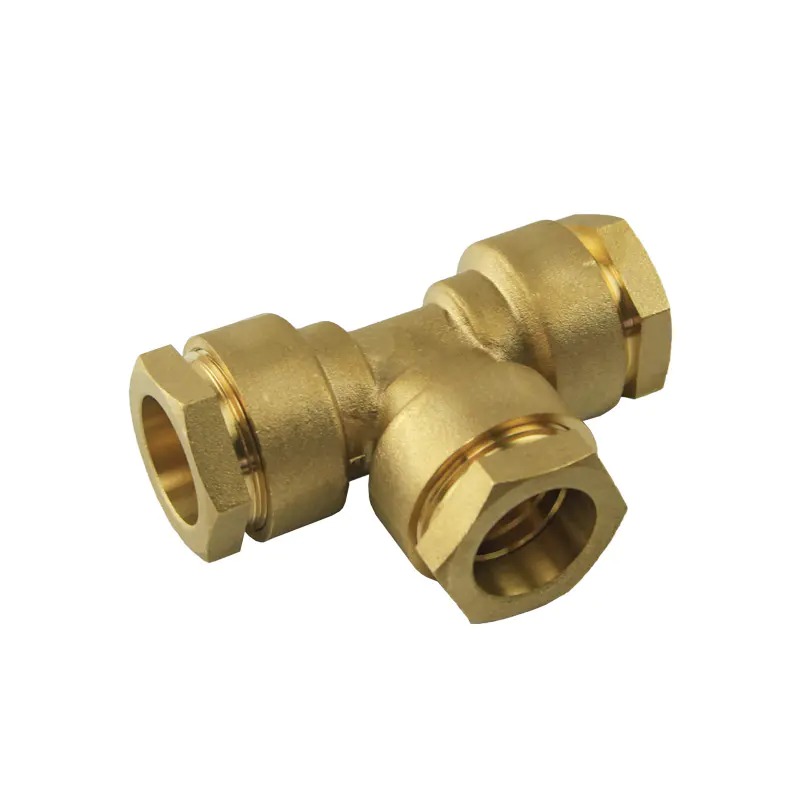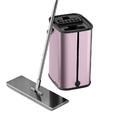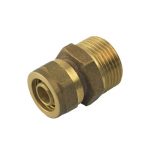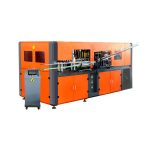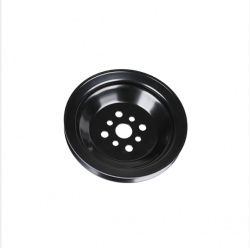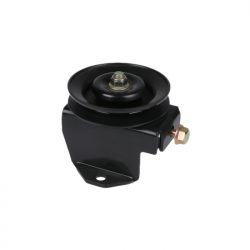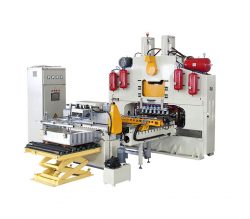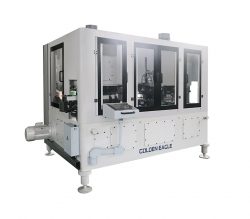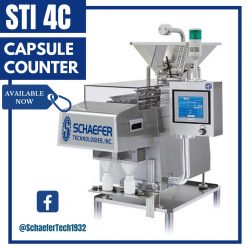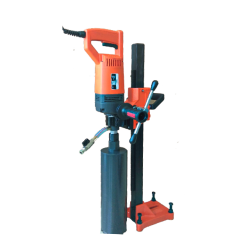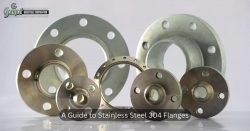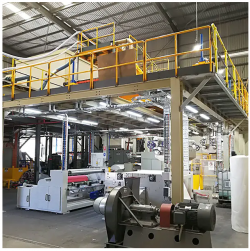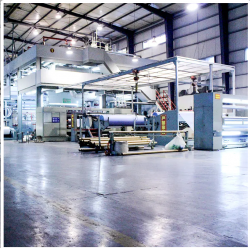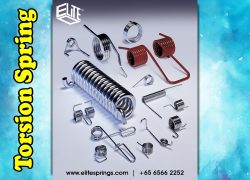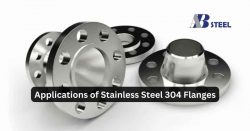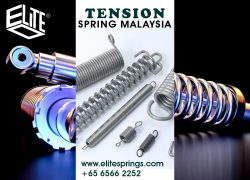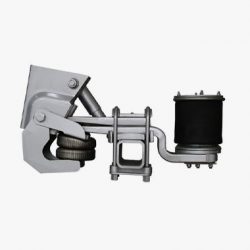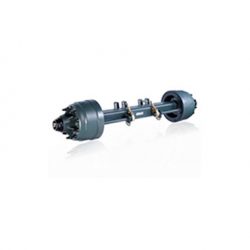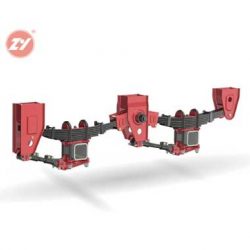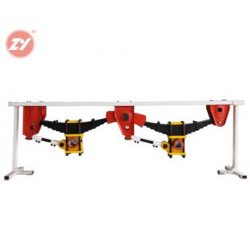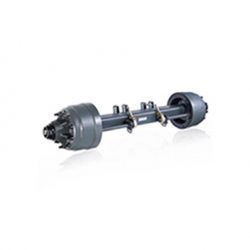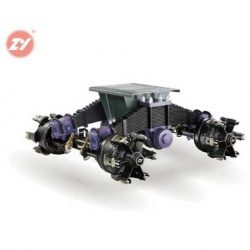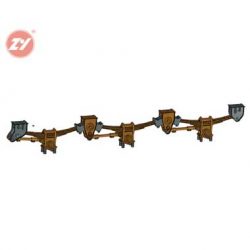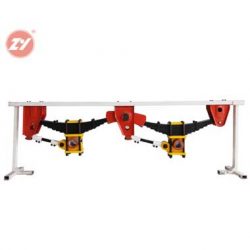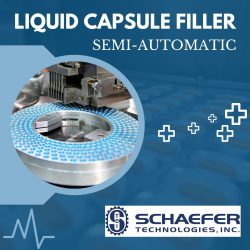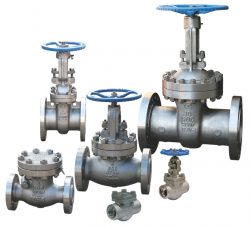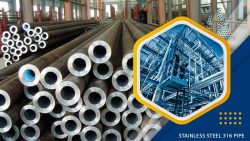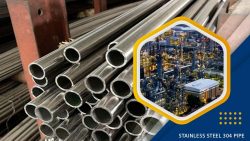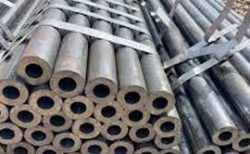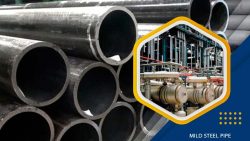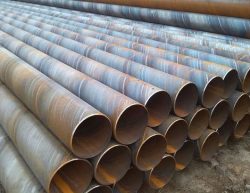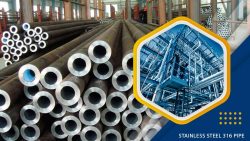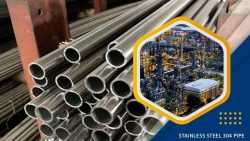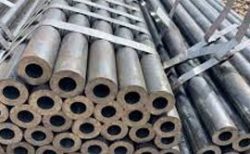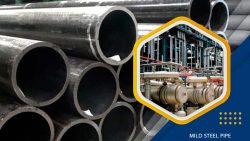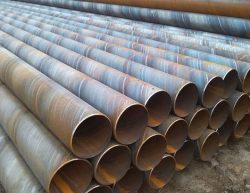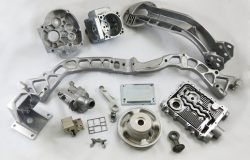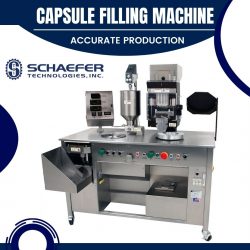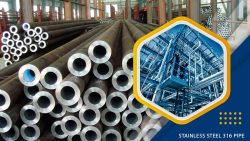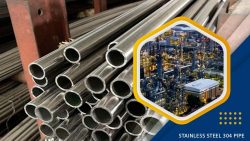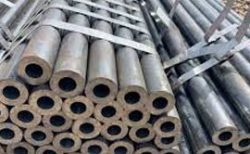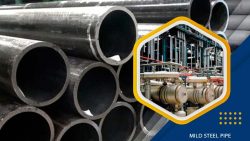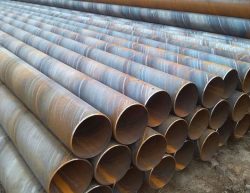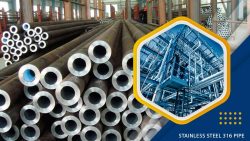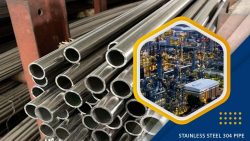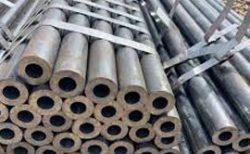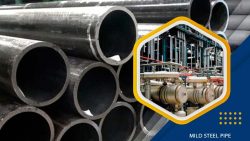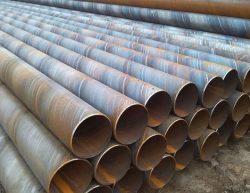BRASS FITTINGS
Brass fittings are integral components used in plumbing systems to connect and control the flow of fluids in residential, commercial, and industrial settings. They are made from brass, an alloy composed primarily of copper and zinc. Brass fittings are renowned for their excellent durability, corrosion resistance, and versatility, making them a popular choice in various applications.
Brass fittings come in a wide range of shapes, sizes, and configurations to meet the diverse needs of plumbing installations. Common types of brass fittings include elbows, tees, couplings, unions, adapters, valves, and connectors. Each fitting serves a specific purpose, such as changing the direction of the pipe, joining two pipes together, or regulating the flow of fluids.
One of the key advantages of brass fittings is their exceptional resistance to corrosion, making them suitable for use with different fluids, including water, oil, gas, and chemicals. They can withstand high temperatures and pressures, making them ideal for both hot and cold water systems.
Brass fittings are known for their ease of installation, as they can be easily soldered or threaded onto pipes, providing secure and leak-free connections. They are also highly durable, ensuring long-lasting performance in plumbing systems.
These fittings find extensive applications in various industries, including construction, plumbing, automotive, and manufacturing. They are commonly used in water supply systems, heating and cooling systems, gas distribution networks, and hydraulic systems.
When selecting brass fittings, it is essential to consider factors such as the fitting type, size, thread compatibility, pressure rating, and the specific requirements of the plumbing system. Proper installation and regular maintenance are crucial to ensure optimal performance and prevent potential leaks or failures.
In summary, brass fittings are essential components in plumbing systems, offering durability, corrosion resistance, and versatility. With their wide range of options and ease of installation, they are widely used in various industries for connecting and controlling fluid flow in plumbing applications.
